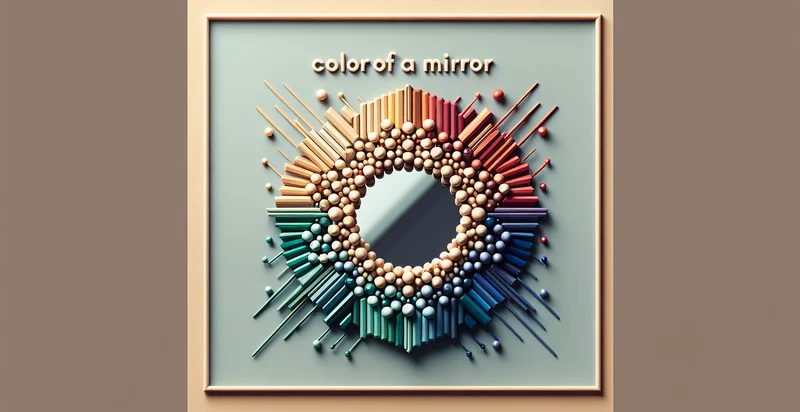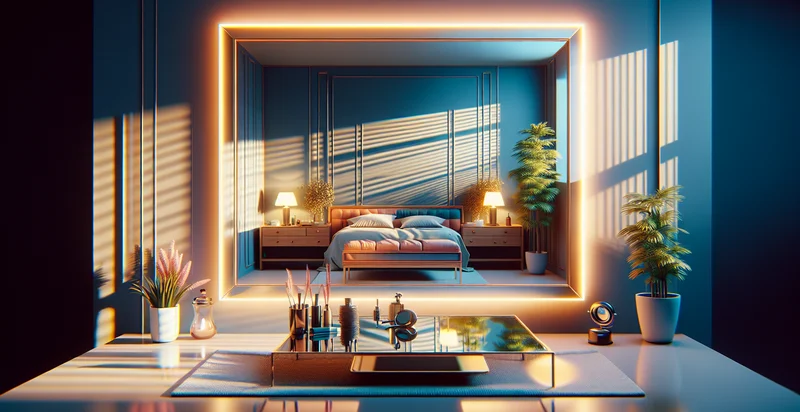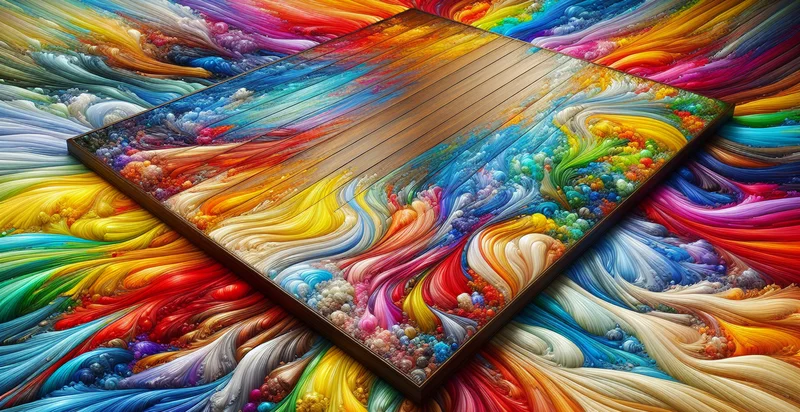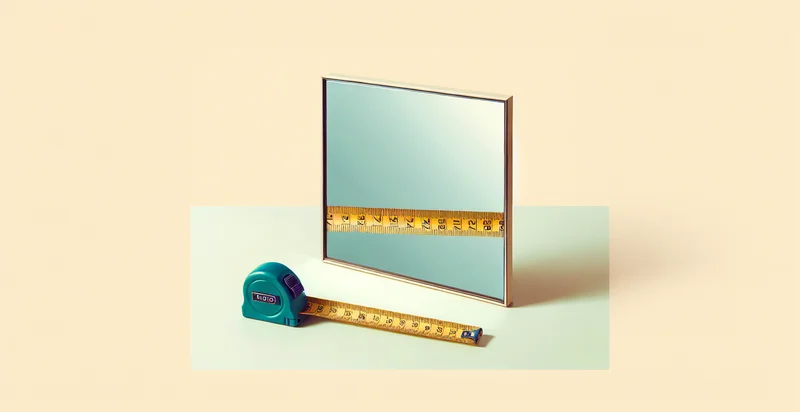Identify the color of a mirror
using AI
Below is a free classifier to identify the color of a mirror. Just upload your image, and our AI will predict the color of a mirror based on its reflective qualities - in just seconds.


Contact us for API access
Or, use Nyckel to build highly-accurate custom classifiers in just minutes. No PhD required.
Get started
import nyckel
credentials = nyckel.Credentials("YOUR_CLIENT_ID", "YOUR_CLIENT_SECRET")
nyckel.invoke("the-color-of-a-mirror", "your_image_url", credentials)
fetch('https://www.nyckel.com/v1/functions/the-color-of-a-mirror/invoke', {
method: 'POST',
headers: {
'Authorization': 'Bearer ' + 'YOUR_BEARER_TOKEN',
'Content-Type': 'application/json',
},
body: JSON.stringify(
{"data": "your_image_url"}
)
})
.then(response => response.json())
.then(data => console.log(data));
curl -X POST \
-H "Content-Type: application/json" \
-H "Authorization: Bearer YOUR_BEARER_TOKEN" \
-d '{"data": "your_image_url"}' \
https://www.nyckel.com/v1/functions/the-color-of-a-mirror/invoke
How this classifier works
To start, upload your image. Our AI tool will then predict the color of a mirror based on its reflective qualities.
This pretrained image model uses a Nyckel-created dataset and has 16 labels, including Black, Blue, Bronze, Copper, Dark Blue, Gold, Gray, Green, Light Blue and Multi-Color.
We'll also show a confidence score (the higher the number, the more confident the AI model is around the color of a mirror based on its reflective qualities).
Whether you're just curious or building the color of a mirror detection into your application, we hope our classifier proves helpful.
Related Classifiers
Need to identify the color of a mirror at scale?
Get API or Zapier access to this classifier for free. It's perfect for:
- Quality Control in Manufacturing: In manufacturing industries where reflective surfaces are produced, this function can be used to ensure the quality of mirrors and reflective items. By classifying the color of the mirrors, manufacturers can identify defects and maintain consistency in product quality.
- Smart Home Application: Smart mirrors in homes can utilize this function to adjust the hue and brightness according to the ambient light conditions. This can enhance user experience by providing optimal lighting for various activities, like applying makeup or reading.
- Automotive Safety Systems: In vehicular safety systems, this function can assess mirror colors in real-time to optimize camera feeds and ensure proper visibility and color accuracy for the driver. This classification can improve safety features like blind spot detection and adaptive lighting systems.
- Interior Design Solutions: Interior design applications can leverage this classification function to suggest complementary colors for mirrors in residential or commercial spaces. By analyzing the mirror’s color, designers can enhance aesthetics and create harmonious decor that aligns with customers' preferences.
- Augmented Reality (AR) Experiences: Augmented reality applications can use the mirror color classification to create more realistic overlays or effects in virtual fitting rooms or interactive environments. It can help match digital avatars to their reflection more accurately, improving the overall user experience.
- Fashion Industry Analytics: In fashion retail analytics, this function can help brands and marketers understand consumer preferences related to mirror colors in fitting rooms. By gathering data on preferred mirror hues, brands can tailor their store layouts and lighting designs for better customer engagement.
- Art and Photographic Analysis: Art galleries and photographers can employ this classification to evaluate mirror surfaces in artworks or photographs. By accurately identifying mirror colors, curators can enhance displays and critiques of visual art, ensuring that reflections and depth perception are aligned with the artist's intentions.


